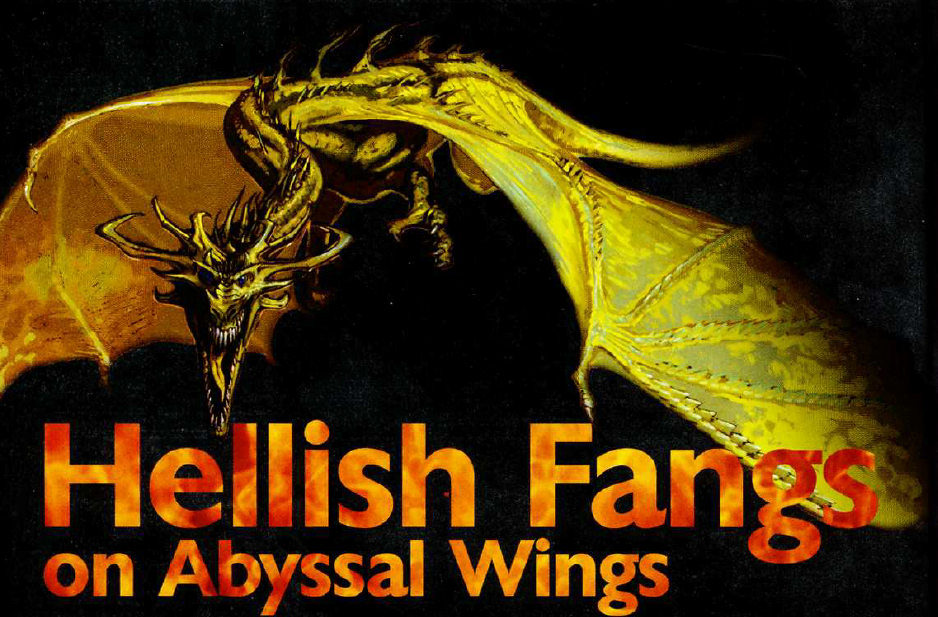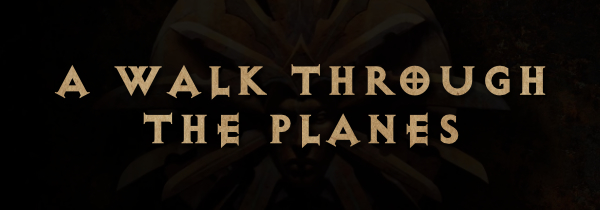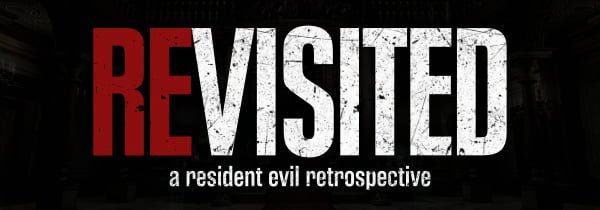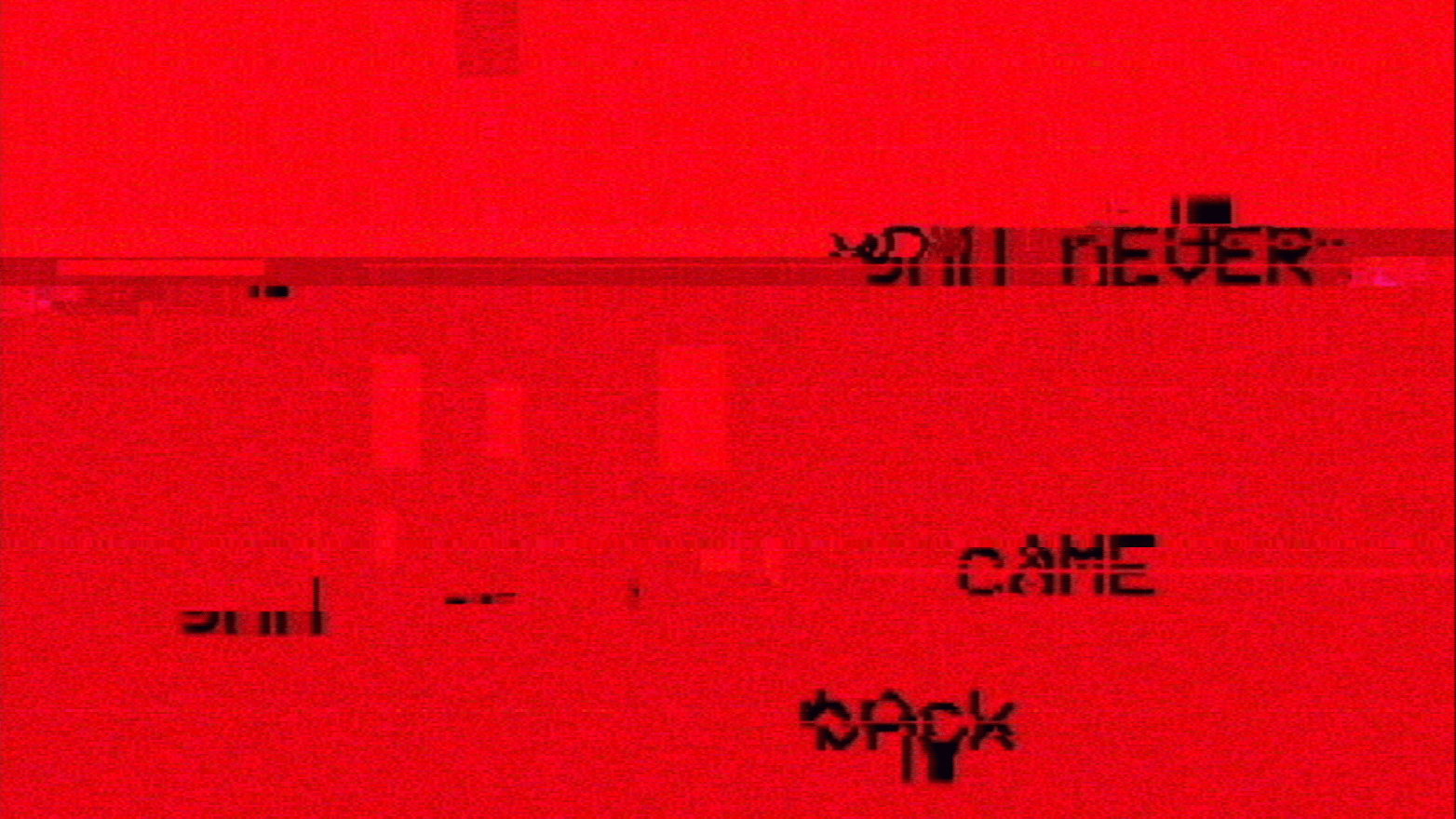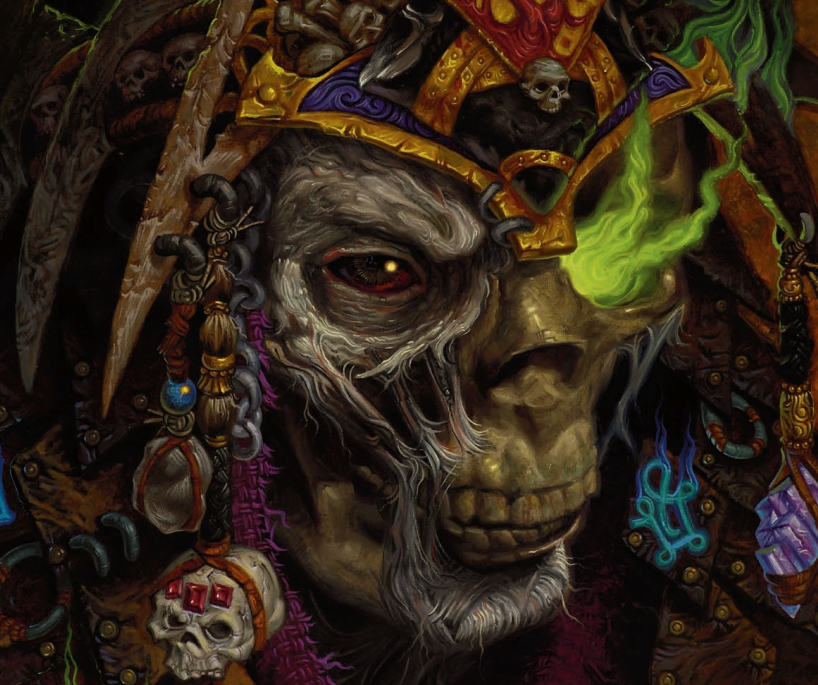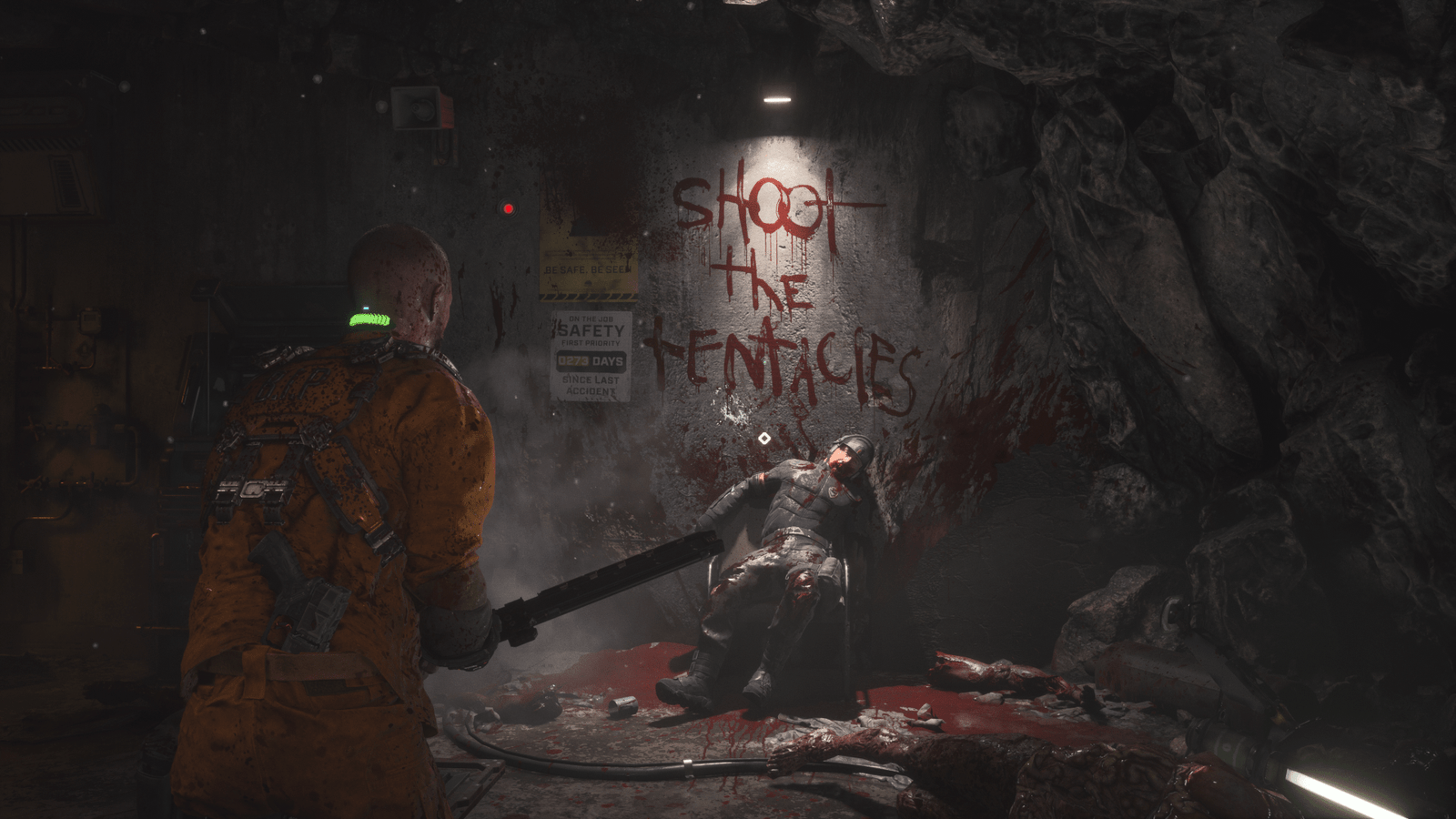While I’m not usually a huge fan of the results, I understand the impulse to create planar dragons. After all, the game is named Dungeons & Dragons, and dragons tend to be pretty sweet creatures. Still, their infrequent appearance in Planescape was refreshing given how outsized a role they tend to play in most fantasy settings. For the October 2002 issue of Dragon, #300, James Wyatt wrote another one of these planar dragon pieces, though this new article is a lot more generalized than what we saw in “Spawns of Tiamat, Children of Bahamut,” which focused on specific individual dragons of the planes. Here, we’re introduced to four new types of evil dragons, plus one old-yet-obscure dragon is retconned and stated up for third edition. As a result, James Wyatt’s piece on planar dragons feels like another act of planar grid-filling, and is missing the level of creativity we saw with Keith Francis Strohm’s article from 1999. Unsurprisingly, I prefer the earlier piece, which felt like it carried on the Planescape spirit even if it wasn’t actually a Planescape article, though Wyatt’s piece actually became something that would canonically last in the game, not least because he would later go on to co-author third edition’s Draconomicon. The advantage of being an actual Wizards of the Coast employee is that even if your work isn’t as good as the writing from freelancers, it’s usually what ends up being reused and remembered.
The grid-filling part of the article is that every one of the lower planes gets its own dragon now, except for The Abyss and Hell because, uhh, “perhaps because the devils and demons that inhabit those planes are too numerous and powerful for dragons to thrive.” Sure, why not? I mean Tiamat would probably have something to say about this assertion, but whatever. As a result, with one exception these dragons are heavily tied to the themes of their respective homelands, and they have little-to-no lore that steps outside of the stereotypes for these locations. Thus, Pandemonium’s dragon, the Howling Dragon, has breath weapons that deals sonic damage or causes madness (each of these dragons have two breath weapons, because they’re fancy like the metallics and not basic like the chromatics). The pyroclastic dragon from Gehenna breathes superheated ash or a disintegration ray—keep in mind that this is back in original third edition, where failing a fortitude save for disintegration meant instant death. There’s also the tarterian dragon, who has a “line of force” (think magic missiles) or a will-sapping gas, and the slightly pattern-breaking Styx dragon, who breathes acid or a cone of stupefying gas. The Styx dragon is the only one in the article who can be found in any of the lower planes, and as such they’re not really a Hades dragon at all, more a general all-purpose jerk. That’s right, the Styx wasn’t awful enough before, now it has dragons roaming it, which is actually something I kinda dig.
The big disappointment with this article comes from the final dragon, the rust dragon from Acheron, who you might remember from Planes of Law. There, we learned that the rust dragon was not a true dragon at all, but rather a strange, next stage in the lifecycle of rust monsters. Rust monsters are like the caterpillars of their species, and once they’re old enough, they enter into a three-year hibernation, at which point “they burst forth from the hardened cocoon as hatchling rust dragons.” This isn’t the type of Planescape writing that’s given as hearsay, either, but simply factual information about this species, who resembles metallic dragons but is truly its own weirdo beast1.
This new entry says that, “Mad Material-Plane sages posit some connection between these fiendish monstrosities and the relatively innocuous rust monster, but the rational mind correctly sees these claims as the ravings of deranged lunatics.” Honestly, if this had said that it was planar sages, I might’ve even be ok with this weird and unnecessary retconning, but it feels like this is making fun of a pretty well-established Planescape fact in order to keep symmetry with the other dragons which, frankly, in no way needs to exist. Not every plane needs to match the others. Let me repeat: they do not need to have symmetry. The third mini-adventure from the “Acheron” book in Planes of Law in fact focuses on rust dragons and their metamorphosis from rust monsters. “If they survive the encounter, the PCs should learn that rust dragons are the transformed adult form of rust monsters.” What the players find here are not a bunch of dragon eggs, but rather dragon chrysalises being watched over by an elder wyrm. While minor, I always thought this was a neat little adventure. There’s no reason why you can’t ignore this new information about rust dragons, but then why not include the most interesting part of these dragons in an article devoted to them? Why remove it entirely? Gah, what a dumb choice.
So there’s my gripe, and I realize that I sound a bit like a typical fanboy when I complain about this type of continuity change, but I consider homogenization in cases such as this typical of why third edition was so much duller than second (at least, in terms of official WotC releases). Dragons can be weird, wonderful, and magical, but these are hard traits to achieve when you’re saying that they all have to be standardized to fit into your dragon template. None of Wyatt’s article is bad per se, but nothing really lights up your imagination either. These dragons aren’t exciting or different enough to warrant their invention, and so sure, if you happen to have characters already in Carceri then I guess maybe throw one of the new dragons at them, but these are hardly the ideas that you’d want to build a story around, and if this hadn’t been written no one would’ve missed it.
- The reason for all of these dragons having two breath weapons I suspect comes from a desire for parity with the rust dragon, who had two because of its own similarity with metallic dragons, as if there wasn’t a enough dumb symmetry being attempted already.


